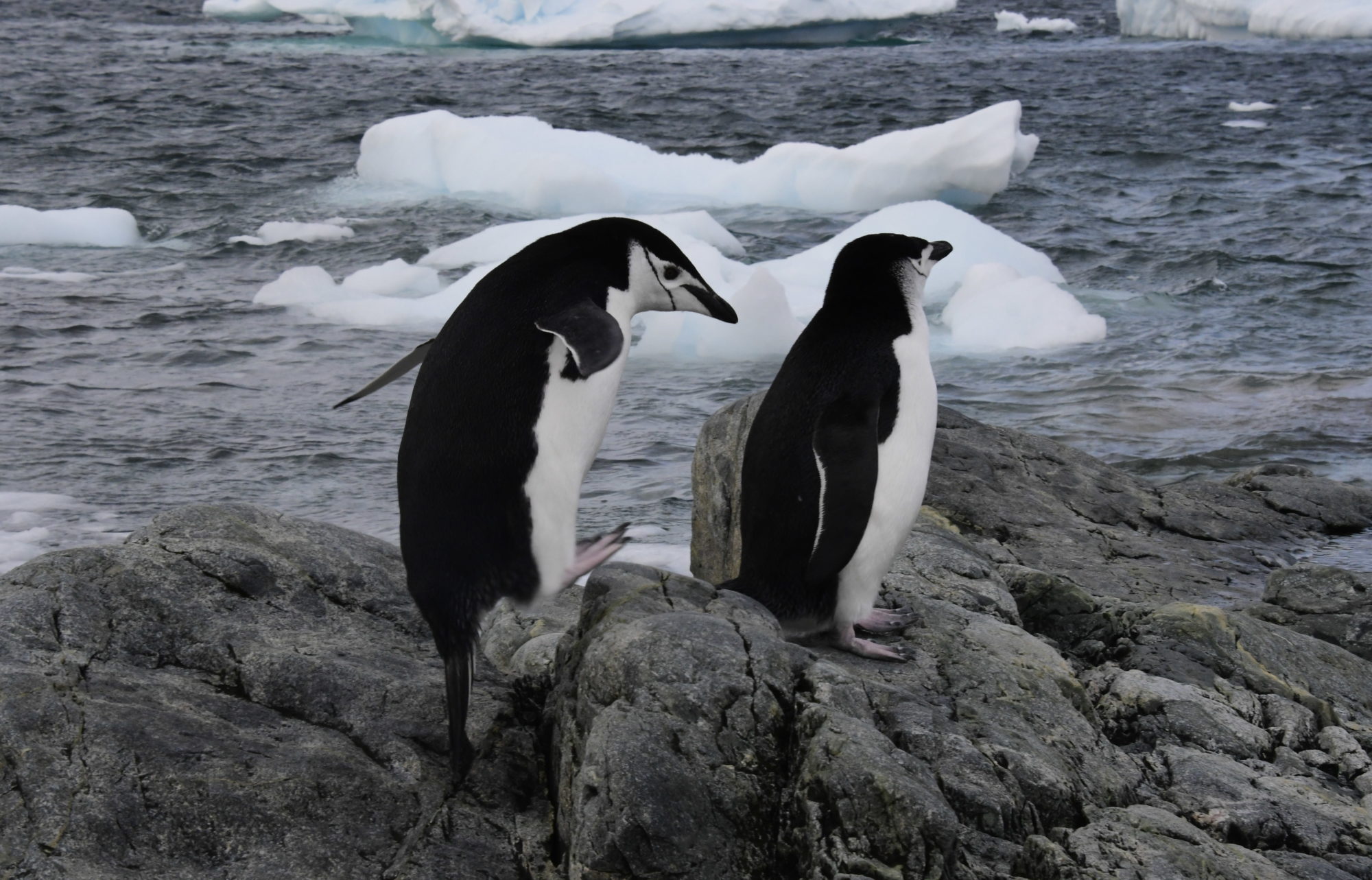We are moved by a landscape, a sunset, even a sea scape. But when it comes to living, moving creatures, a video provides more information and a feeling for the organism that often a still life cannot provide. In videography, you can observe creature behaviors and activities, and at times your eyes will meet. In circumstances where the subject is either habituated, or unafraid and curious, you might recognize the same consciousness in its eyes that is shining through yours. This is an experience understood by naturalists, mystics, poets and saints since times immemorial but only recently acknowledged by far-seeing scientists such as Mark Bekoff, Carl Safina, Sylvia Earle, Christof Koch, Temple Grandin, and others. Each is worth studying.
The tiger shark (Galeocerdo cuvier) depicted here, perhaps 5 meters long, is considered one of the great predators of the open ocean and this is lagoon (Beqa Lagoon) is in open ocean. She (see the claspers) visits this site every 3 to 4 weeks. Notice the countless smaller fish who are not concerned. They appear to know they are not on her menu. Tiger sharks eat smaller creatures when they are young but by the time they are 2.5 meters, it is thought that they prefer larger animals. The diver, a native, who feeds sharks there knows this girl and pushes her away from the tourists, divers at about 20 meters seeing seven species of sharks up close. [Don’t try this at home: don’t interact with sharks without training.]
Manta rays are in the same class as sharks (Chondrichthyes) but rather than being apex predators are consumers of zooplankton. Interesting that there are whole groups of very large creatures from blue whales (and other baleen whales) to whale sharks (sharks that are filter feeders) to manta rays (also filter feeders) that are some of the largest creature on earth. Not to forget that elephants, rhinos and giraffes are herbivores which is not quite analogous. The manta rays are attracted to light at night because the light gathers and targets the planktonic organisms they like to eat.
In Kona, we descent to about 15 meters in somewhat rough seas at sunset. Lights are set up in this relatively shallow water. There is quite a bit of surge. I had my right fin jammed against a rock and my left hand holding onto another slippery rock, with right hand outstretched holding my video camera (Rx100iii in Nauticam) with Light and Motion 2500 lights. The manta rays (there were 4) found my light as appealing as much as the official ones and they flew by, inches from my head in grace and joy.
Nature is a magical place, not the least of which is under the waves of the ocean. The marine world is quite a complex place full of beauty.
Bengai Cardinalfish in the Wild as they should be. ©Jonathan L Miller. All Rights Reserved.
All text, photography, and videography © Jonathan L Miller. All Rights Reserved.









